The Ultimate Step-by-Step Schengen Visa Guide: Everything You Should Know
Over the past 6 years, I have applied for over 7 Schengen visas and travelled to 30+ European countries. Some of the visas I have held include France, Belgium, Denmark, and Estonia.
The Schengen visa application process can feel overwhelming. But I promise it’s quite simple when you understand everything that visa officers are looking for. Without further do, here’s everything you need to know about the Schengen visa application process.
What is a Schengen visa?
A Schengen visa is a short, temporary visa for non-EU nationals to make a visit to any of the countries in the Schengen area – a group of 29 European countries that have abolished internal border controls and operate a common visa policy.
Obtaining a Schengen visa is a big accomplishment for a non-EU traveller as it not only gives you access to the beauty of 29 European countries, but it also goes a long way in building a strong travel history for other visas like US and UK.
After all, the Schengen Area is essentially the world’s largest visa-free travel zone.For any wanderer, getting that first Schengen visa will honestly make all your travel life so much easier and adventurous.
Why is it called a Schengen visa?
It is called the Schengen visa and area after the Schengen Agreement and the Schengen Convention, which were signed in Schengen, Luxembourg.
This would be the root of internal border controls being abolished, and a move towards a common visa policy. The Schengen area was officially created on 26 March 1995.
Schengen Countries (and Non-Schengen EU countries to know)
Which countries are in the Schengen Area?
The following countries make up the Schengen Area: (non-EU marked by *)
Schengen Countries
- Austria
- Belgium
- Bulgaria
- Croatia
- Czech Republic
- Denmark
- Estonia
- Finland
- France
- Germany
- Greece
- Hungary
- Iceland*
- Latvia
- Liechtenstein*
- Lithuania
- Luxembourg
- Malta
- Netherlands
- Norway*
- Poland
- Portugal
- Romania
- Slovakia
- Slovenia
- Spain
- Switzerland*
- Sweden
Which EU countries are not in the Schengen Area?
Ireland and Cyprus are the only 2 EU countries that are not a part of the Schengen area. Ireland runs its own separate visa program. Cyprus intends to become a part of Schengen area by 2026.
UK is also not in the Schengen area, and operates its own visa policy.
Types of Schengen visas & their purpose
- Type A – Airport Transit Visa
- Type C – Short stay Schengen visa for stays less than 90 days
- Type D – Long term for stays longer than 90 days
- Limited Territorial Validity Visa (LTV)
This guide primarily focuses on Type C Short stay visa.
The type C visa is ideal for various purposes of travel including:
- Tourism
- Business
- Visiting friends or relatives
- Medical Treatment
- Short study programs or language courses
- Cultural, sports or religious events
- Journalists & Reports
- Official Visits
You can not work on a Schengen visa, as it does not grant work rights. If you want to work, then you have to apply for national long-term type D visas, digital nomad visas etc.
Single, Double vs Multiple Entry Schengen Visas – What’s the Difference?
When you’re issued a Type C Schengen visa, it will also specify the number of entries allowed. Generally, this will be one of 3:
- Single-entry: allows you to enter the Schengen area only once;
- Double-entry: allows you to enter the Schengen area twice;
- Multiple-entry: allows multiple visits to the Schengen area during the validity period.
Who needs a Schengen visa to travel to Europe?
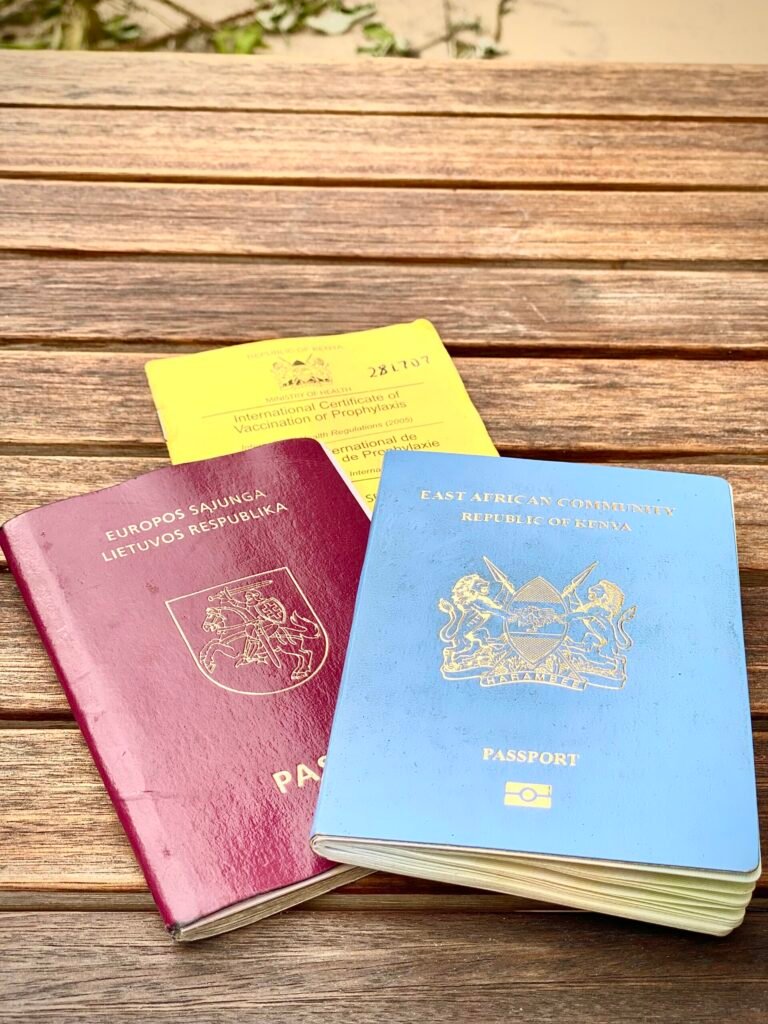
Schengen Visa-required countries
Countries that NEED a Schengen visa
- Afghanistan
- Algeria
- Armenia
- Angola
- Azerbaijan
- Bangladesh
- Bahrain
- Belarus
- Benin
- Bhutan
- Bolivia
- Botswana
- Belize
- Burkina Faso
- Burundi
- Cambodia
- Chad
- Comoros
- Democratic Republic of the Congo
- Côte d’Ivoire
- Cameroon
- China
- Cuba
- Cape Verde
- Djibouti
- Dominican Republic
- Ecuador
- Egypt
- Eswatini
- Ethiopia
- Fiji
- Gabon
- Ghana
- The Gambia
- Guinea
- Equatorial Guinea
- Guinea-Bissau
- Guyana
- Haiti
- Indonesia
- India
- Iraq
- Jamaica
- Jordan
- Kazakhstan
- Kenya
- Kyrgyzstan
- North Korea
- Kuwait
- Laos
- Lebanon
- Sri Lanka
- Liberia
- Lesotho
- Libya
- Madagascar
- Malawi
- Maldives
- Mali
- Mauritania
- Morocco
- Myanmar/Burma
- Mongolia
- Mozambique
- Namibia
- Nepal
- Niger
- Nigeria
- Oman
- Papua New Guinea
- Philippines
- Pakistan
- Palestinian Authority
- Qatar
- Russia
- Rwanda
- São Tomé and Príncipe
- Saudi Arabia
- Sudan
- Sierra Leone
- Senegal
- Somalia
- Suriname
- South Africa
- South Sudan
- Syria
- Tajikistan
- Tanzania
- Togo
- Thailand
- Turkmenistan
- Tunisia
- Turkiye
- Uganda
- Uzbekistan
- Vietnam
- Yemen
- Zambia
- Zimbabwe
Schengen Visa Exempt countries ( 90 day entry allowed)
Countries EXEMPT from Schengen Visa
- Andorra
- Antigua and Barbuda
- Albania
- Argentina
- Australia
- Bosnia and Herzegovina
- Barbados
- Brunei
- Brazil
- Bahamas
- Canada
- Chile
- Colombia
- Costa Rica
- Dominica
- El Salvador
- Micronesia
- Grenada
- Georgia
- Guatemala
- Holy See
- Hong Kong SAR
- Honduras
- Israel
- Japan
- Kiribati
- Kosovo
- Saint Kitts and Nevis
- Samoa
- South Korea
- Saint Lucia
- Saint Vincent and the Grenadines
- Macao SAR
- Marshall Islands
- Malaysia
- Mauritius
- Monaco
- Moldova
- Montenegro
- Mauritius
- Mexico
- Nicaragua
- Nauru
- New Zealand
- North Macedonia
- Panama
- Peru
- Palau
- Paraguay
- San Marino
- Serbia
- Seychelles
- Singapore
- Solomon Islands
- Seychelles
- Taiwan
- Timor-Leste
- Tonga
- Trinidad and Tobago
- Tuvalu
- Ukraine
- United Arab Emirates
- United Kingdom
- United States
- Uruguay
- Vanuatu
- Venezuela
Apart from the above nationalities, individuals who hold a long-term residence permit from any Schengen country do not need a visa for internal Schengen travel.
Schengen Visa Exemption – ETIAS Coming in 2026
Though you may be exempt from a visa when visiting Europe, you must still carry mandatory documents with you. This includes valid passport, proof on onward travel and proof of accommodation.
From the last quarter of 2026, visa-exempt travellers will need to fill out an online ETIAS form and pay a fee before being able to travel to the Schengen Area. Applicants will be able to access ETIAS (European Travel Information and Authorisation System) through an official website and/or app.
The ETIAS fee will be EUR 20.
The form is not a visa, rather a mandatory travel authorisation comparable to similar system like ESTA in the US.
Europe 90/180 Day Rule
All short-stay visitors to the Schengen area, including non-EU passport holders who are visa exempt, are allowed to stay in the Schengen countries for up to 90 days within any rolling period of 180 days.
The European Commission offers a useful calculator to help you calculate the number of days you can stay in a Schengen country.
How long can you stay in the Schengen area?
The Schengen visa is intended for short stays only of up to 90 days in any 180-day rolling period.
The European Commission offers a useful calculator to help you determine the number of days remaining for your stay in a Schengen country.
How long is the Schengen Visa valid?
The exact length of your visa will be indicated on the visa sticker under the heading “Duration of visit”.
The length of your Schengen visa depends on a mix of things — the information provided in your application about your intended trip, your travel history, your financial proof, and of course, the visa officer’s discretion.
If it’s your first Schengen visa, you might expect to get a visa that’s valid just for the days of your trip (or a few days extra). Subsequently, the more you build a strong visa history, the better your chances for longer, multiple-entry visas in future applications.
Longer Term Schengen Visa: The Cascade regime
The ‘cascade’ regime is a policy that awards frequent travellers with an established travel history easier access to visas with multi-year validity.
Due to this regime, there are 2 possible long term Schengen visa paths, which come with their own eligibility requirements:
- Two-year multiple-entry Schengen visa: after two lawfully used within the previous three years
- Five-year multiple-entry Schengen visa: after complying with all conditions of two-year visa and as long as passport has required validity
Getting a multiple-entry long Schengen visa depends on factors like travel history, compliance with past visas, reasons for travel, financial proof and ties to home country.
The implementation of ‘cascade’ policy varies across different consulates. But if you have had a few visas, then it doesn’t hurt to use your cover letter to request a longer one. Ultimately, the decision to issue a long term visa lies with the visa officer.
Where to apply for Schengen visa?
You must apply at the consulate of the country that you intend to visit, although the visa is valid for all 29 Schengen countries.
If travelling to multiple countries, follow these guidelines to determine your country of application:
Scenario 1:
If visiting more than one country, apply at the country where you will spend the longest time.
Scenario 2:
If visiting multiple countries for periods of equal length, then apply to the first destination country.
Remember that most consulates and embassies have now outsourced the application process to visa application centres, like VFS Global, TLS contact or BLS International – so it is highly likely that you will not interact directly with embassy staff.
When to apply for visa to travel to Europe?
Most consulates require you to submit your application at least 15 calendar days before your intended travel date, and not more than 6 months beforehand.
Because you may be required to book an appointment before lodging an application, I recommend submitting your application at least 2-3 months before your planned travels to avoid any delays or refusals.
Schengen Visa Document Requirements Checklist
Quick Tip: This is a general checklist. Additional documents would be required and vary depending on your purpose of travel. Check the consulate or embassy website for required documentation list prior to submitting your application
- A valid passport
- A visa application form – filled and signed
- A recent passport photo
- Travel medical insurance
- Supporting documents
- Confirmed round-trip flight reservation
- Proof of accommodation
- Financial Means
- 3 – 6 months bank statement
- 3 – 6 months’ salary slips
- Ties to Home country
- Original signed employment letter
- No objection letter/certificate from employer
- Proof of property ownership
- Proof of family connections
- Purpose of travel documents
- Varies e.g. for tourism – itinerary, booked tours etc.
- Additional Documents
- Cover letter
- Copy of visa and residence permit if applying in a third country
- Copies of previous visas
When preparing your application, it really helps to have an editable document checklist to tick off as you gather documents.
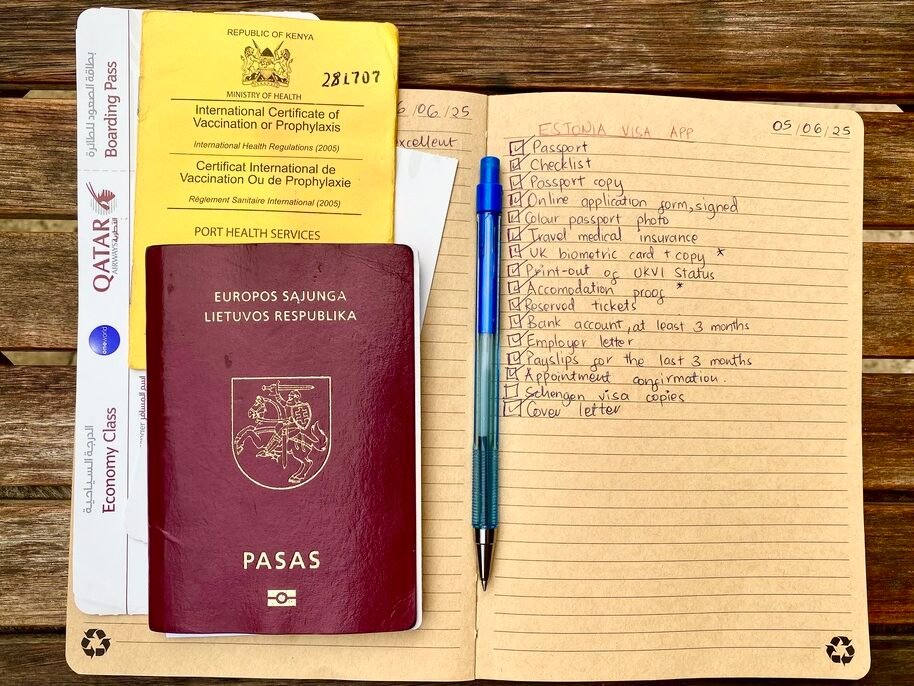
Required Documents Breakdown (Application form, passport, photos, insurance)
Schengen Visa Application Form
The visa application form has the same format and details irrespective of the country you are applying to. However, the method of completing it may differ.
You either complete the form online through a designated portal or download the application form, fill it out and print it.
Minimum Passport Validity for Visa Application
Your passport must be valid for up to 3 months after your return from the Schengen member state.
For instance, if leaving the Schengen area on 30th June, the expiration date for your passport should be on/after 30th September.
Photo Requirements
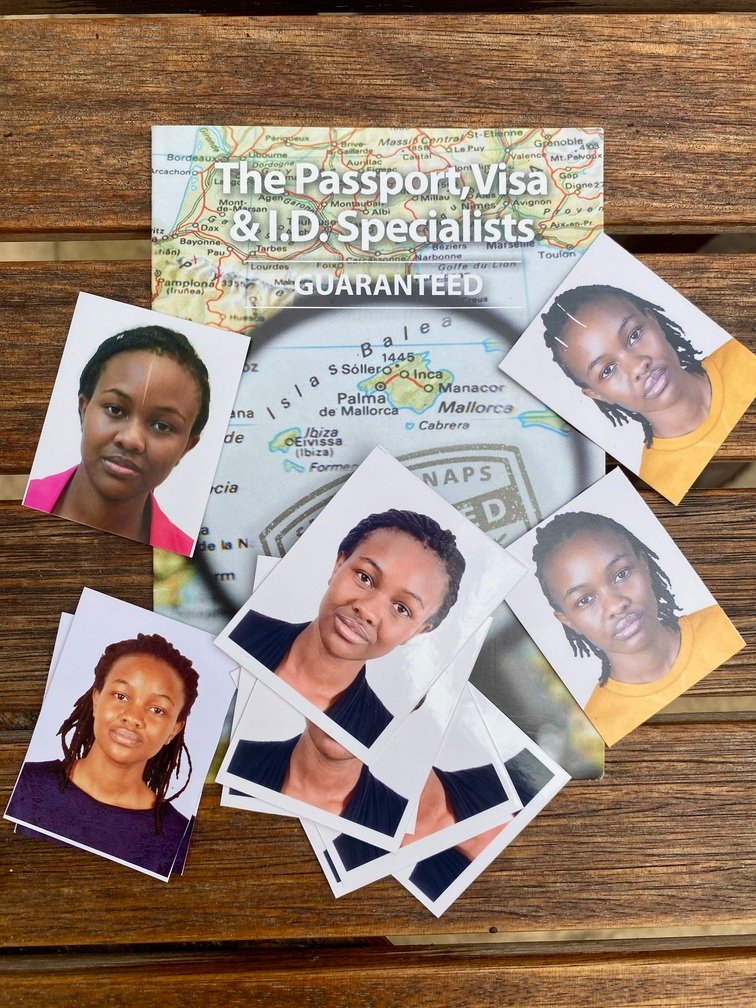
Your photo should adhere to ICAO standards. Generally, it must be a color photograph (with a light background) taken within the last 6 months, be 35-40 mm in width, with your face taking up 70 – 80% of the photo.
Since the Schengen visa is very popular, most passport photo shops will know the required guidelines for the Schengen photo.
Health Insurance for Schengen visa
Health insurance is a required part of the Schengen visa application process. Failure to submit proper health insurance may result in rejection!
Insurance covers emergency medical care, hospitalisation and repatriation including in the event of death.
There are 3 important requirements to remember for your travel insurance to be valid:
- Must have minimum coverage of at least 30,000
- Must be valid in all Schengen Area member states
- Must cover the entire duration of your stay
How To Apply for a Schengen Visa (Step-by-Step)
There are 4 general application steps in the visa process:
- Determine your country of application and research application procedure.
- Fill in application form via the country of application. Meanwhile, begin gathering and preparing all documents.
- Schedule an in-person Schengen visa appointment. This will often take place at a designated third-party visa agent such as VFS Global or TLScontact , at the embassy or consulate you plan to visit, or an another authorized embassy or consulate.
- Attend your appointment and submit your application, documents and biometrics.
- Pay visa fees at the appointment, if not already paid when booking appointment.
- Collect your passport with visa, or have it delivered.
Schengen Visa Submission Appointment (What to Expect)
The Schengen visa appointment is usually held at a third-party visa application center like VFS Global or TLS Contact. It might be at the embassy, depending on the country.
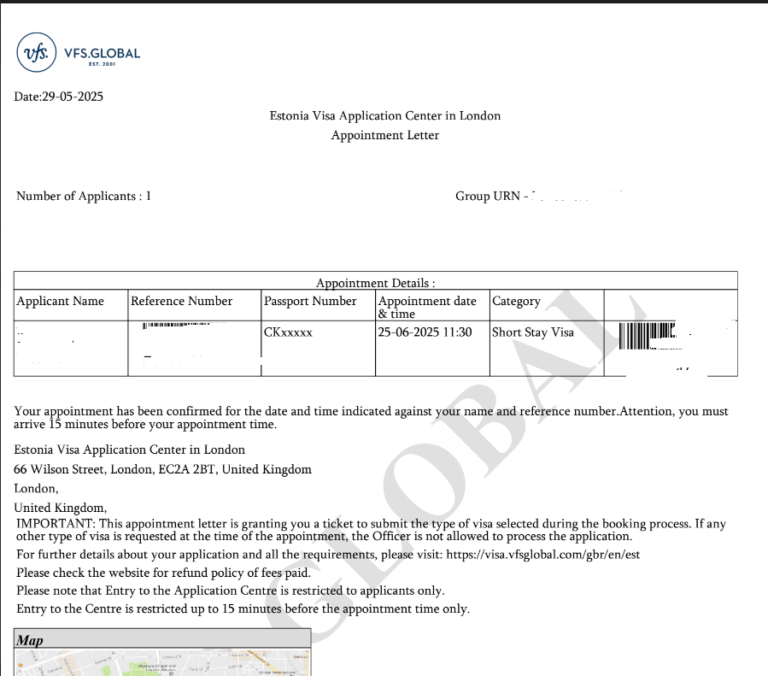
The process is rather practical. My appointments (in US, UK and Kenya) have gone something like this:
- Security check at the entrance – like at the airport, I passed through scanners before going in. They also checked to confirm that I had an appointment.
- Take a number and wait – I was called to a counter when it was my turn.
- Document check – Visa Centre staff went through my application and supporting papers to be sure nothing’s missing.
- Biometrics – fingerprints and a digital photo were taken (quick and painless).
- Payment – I paid visa fee and service fee (if I hadn’t paid online).
That’s it. The whole thing should take less than 30 minutes (minus waiting) if all documents are in order.
Schengen Visa Fees/Cost
The official Schengen visa fees in euros are below – keep in mind that this may differ slightly to account for foreign exchange to your local currency.
90 EUR for adults
45 EUR for children from 6 years and below 12 years
35 EUR for nationals of Armenia, Azerbaijan, Belarus
67,50 EUR for nationals of Cabo Verde
An additional fee applies when applying through visa service centres (like VFS, TLS and BLS), as they collect and process applications on behalf of consulates.
Visa fee can be waived for certain groups including:
- Children under 6 years;
- Researchers travelling for the purpose of carrying out scientific research;
- Family members of EU/EEA citizens, applying under Directive 2004/38;
- Representatives of non-profits aged 25 years or less participating in seminars, conferences, sports, cultural or educational events organized by non-profit organisations; etc
Schengen Visa Processing Time
The typical processing time for a Schengen visa is 15 days. I have found that some embassies process much faster, whereas others will extend this period to 30 days, 45 days or 60 days.
This timeline may also be longer in peak periods (e.g. summer) and holiday periods (e.g. Nov – Jan)
Some Schengen countries subject nationals of certain countries to additional examination, which requires the 45-day processing period.
What happens after you Apply: Tracking & Notifications
After applying, you can track the status of your visa application on VFS Global, TLScontact or BLS’ website. You just need to enter the visa reference number and your last name to see the status of your application.
I have always received email updates when my passport is submitted to the embassy and when it is ready for collection/delivery.
Quick Tip: Do not try to read too much into the tracking status. These are likely automated.
Additionally, sometimes I have received text updates from VFS Global and TLS contact. You can pay for this text service or it may be provided even without exclusively paying for the service.
Schengen Visa Decision (What to do after approval, rejection)
If your visa is approved, you will receive your passport back with the visa affixed as a sticker. Remember to still bring all mandatory documents in case requested by the border officer on entry.
If your visa is refused, The Schengen country will notify you of the reason for the refusal in a standard form, as well as the procedures and deadline for appealing against the refusal.
If you’re unsure what your rejection means and how to address it, check out my other post here on Schengen visa rejection reasons.
There are 2 options when your Schengen visa is refused:
- 1.) appeal against a visa rejection or
- 2.) reapply for another Schengen visa.
You may appeal if you feel like there was an administrative error or unfairness.
You can choose to reapply if your application has been refused. Firstly, I recommend taking clear note of the reasons refusal and addressing these before submitting any new applications. I have personally had experience with successfully appealing a family member’s rejected Schengen visa, stay tuned for that post.
When the visa is rejected, some embassies will return your passport along with other documents, however others will only return your passport but not the rest of your documents.
Unfortunately, your visa fee will not be refunded if the visa is refused.
Closing Thoughts: You’ve got this!
I know first-hand how overwhelming Schengen visa applications can feel – I have been through it more times than I can count. From double-checking every document to searching anxiously for appointment slots or waiting for a decision, it’s a process that demands detail and precision.
As long as you do the necessary research (like you are by reading this), you realize the application process is not so intimidating. Overall, it’s just about being prepared and delivering what’s expected.
I hope this detailed guide gives you that confidence to tackle your next Schengen visa application and plan that Europe trip without any second-guessing.
If you’re ready to work on your visa, then check out these posts for help:
- How to Choose the Best Country for your Schengen visa application – including factors on why your country choice may matter more thank you think.
- How to Book Schengen Visa Appointments Fast (even when slots are full) – my best strategies for hunting down appointment slots before they disappear.
Frequently Asked Questions (FAQs)
According to 2024 EU data, the countries with the highest Schengen visa approval rates were:
Iceland (94%), Slovakia (89%), Italy (89%), Romania (88%) and Switzerland (88%)
Hungary, Norway, Greece, Austria, and Luxembourg wrapped up the top ten.
Based on the latest data given by the European Union, the countries most likely to reject applicants were:
Malta 37.09%, Estonia 27.14%, Slovenia 24.31%, Belgium 24.15%, Sweden 23.63%
Rounding out the top 10 are Denmark, Croatia, Poland, Czech Republic, France.
Processing times for the Schengen visa will vary depending on where you apply and purpose of travel. I have had applications processed within a couple of days, and have heard of others taking over a month.
No. US citizens are exempt from a visa when travelling to Europe for tourism purposes, for a period of less than 90 days in a 180 day period. From the last quarter of 2026, US travelers will be need to obtain a ETIAS (European Travel Information and Authorisation System) authorization before travelling to Europe.
No. The UK operates its own visa policy and has never been a part of the Schengen area.
No. Ireland is a part of the EU but not a part of the Schengen area. Ireland runs its own separate visa program.
Yes it does. Switzerland is not in the EU but is a part of the Schengen area
Yes! on 1 January 2025, Bulgaria and Romania became full members of the Schengen Area.
No. You can not work on a Schengen visa, as it does not grant work rights. If you want to work, then you have to apply for national long-term type D visas, digital nomad visas etc.
References (Official Sources)
Visa policy – European Commission
Regulation – 2018/1806 – EN – EUR-Lex
Schengen Visa for Tourists: Everything You Need to Know – Visa Traveler
Applying for a Schengen Visa: Documents Required and Step-by-Step Application Process

About wandering permit
Hi, I’m Becky – a world traveller who has visited over 35+ countries on my ‘weak’ passport and successfully applied for tens of visas. I am Kenyan passport holder who has lived across the US, Europe (Belgium, France and Denmark) – and currently live in London, UK. On Wandering Permit, I share honest tips to help visa travellers navigate application processes with less stress. My goal is to help make travel planning easy!


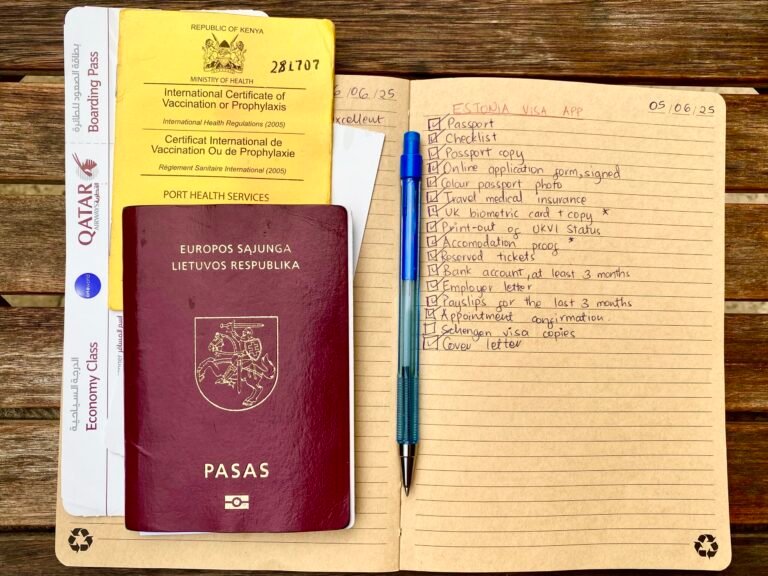
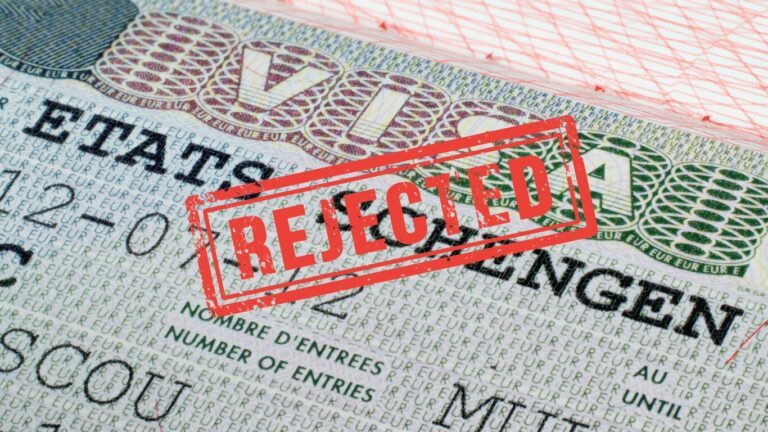
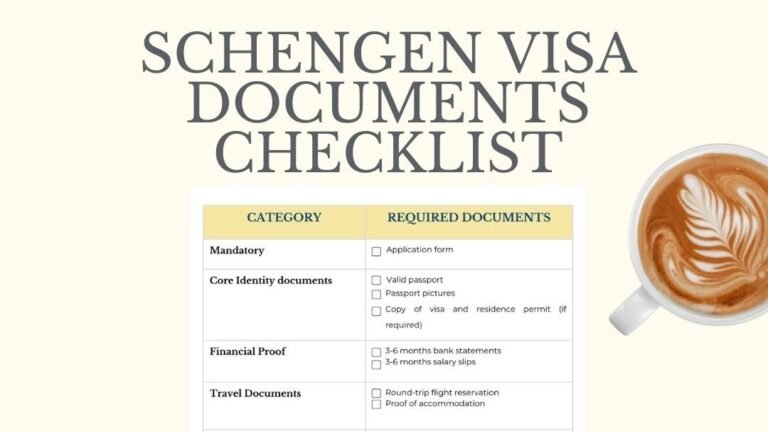
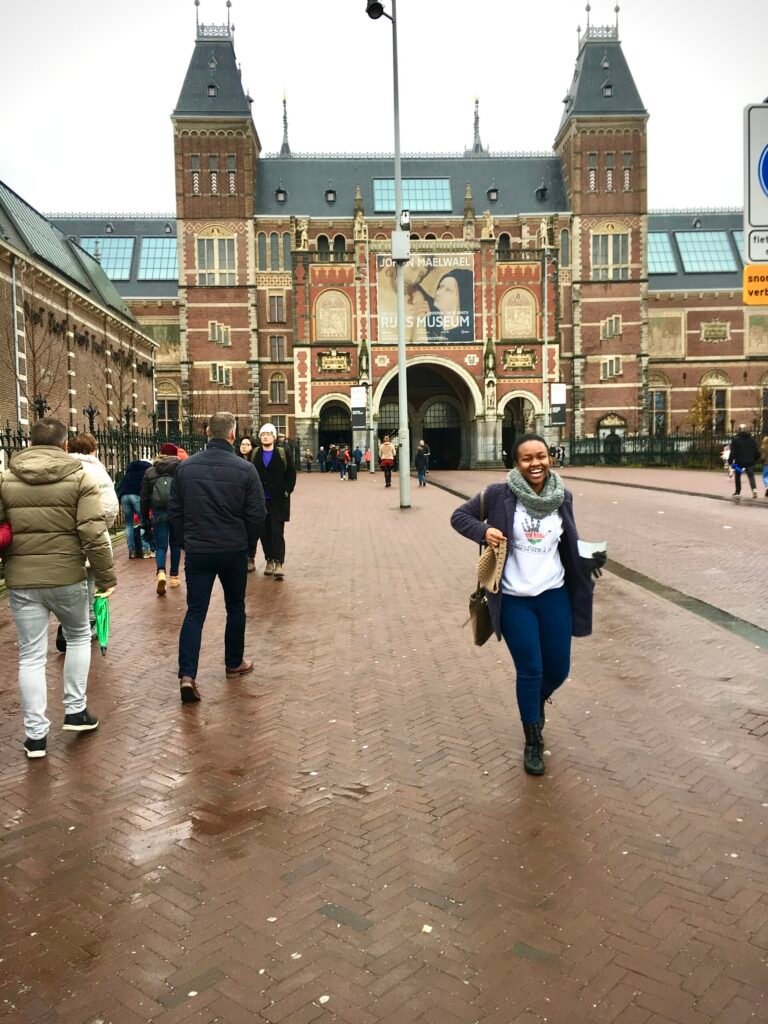
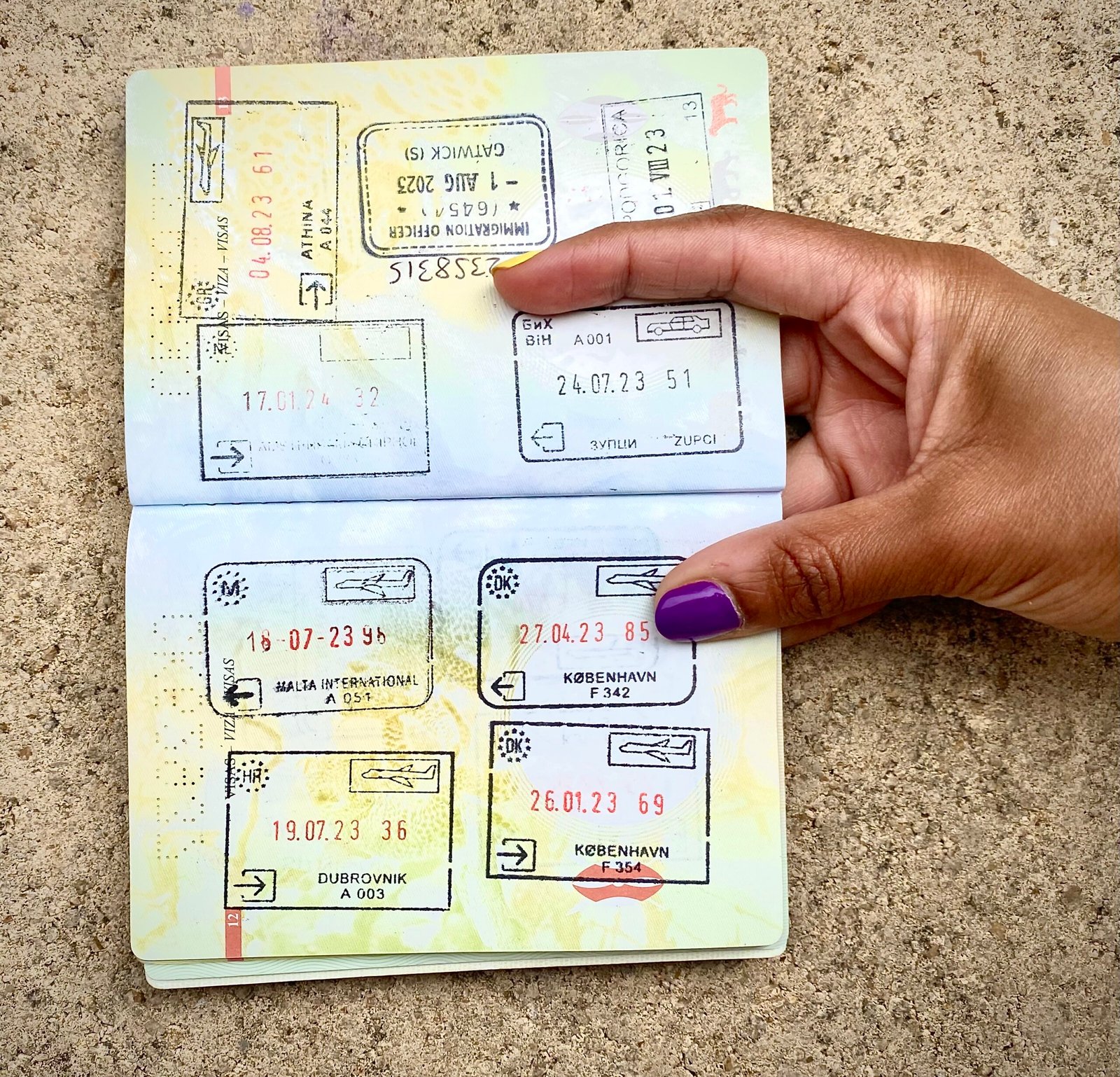
One Comment